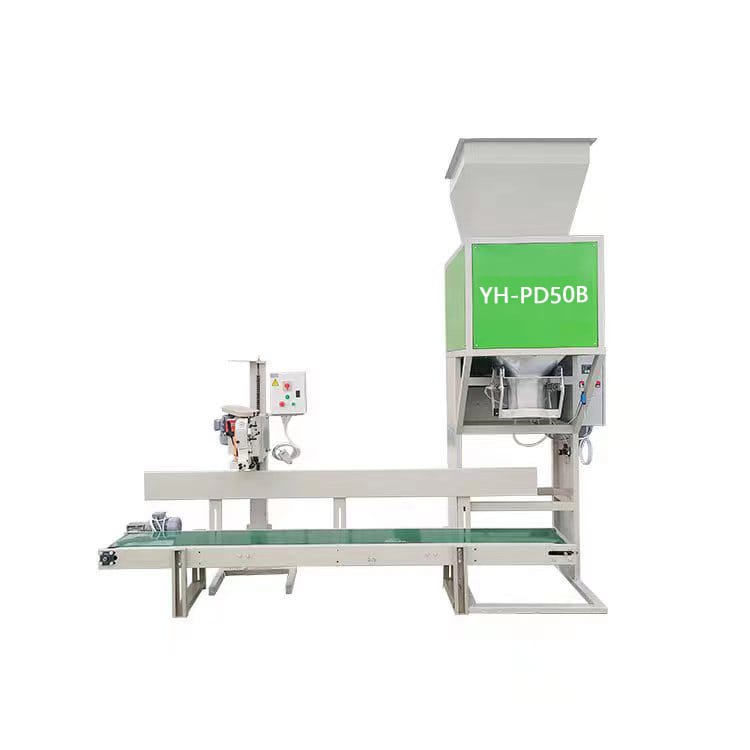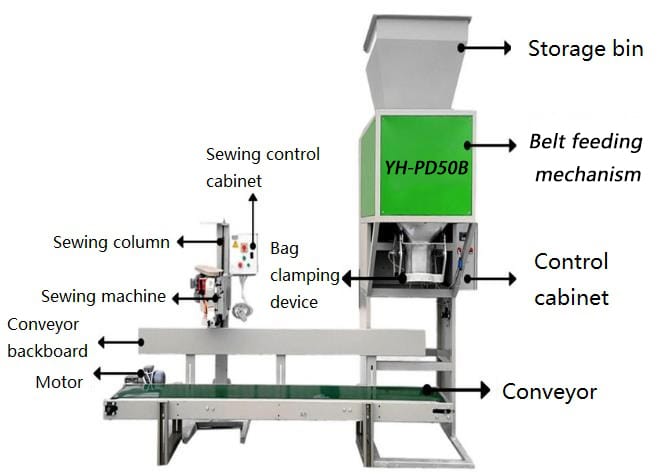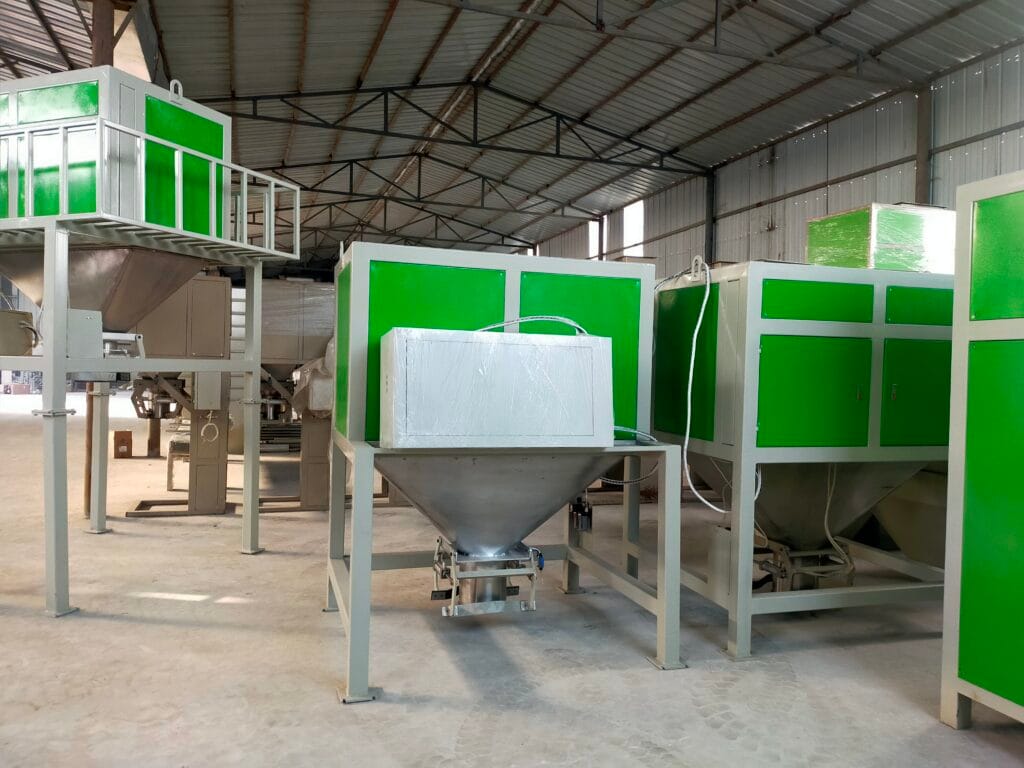
How much is the price of powder quantitative packaging scale? The industry needs to change constantly according to the market demand
In today’s rapidly evolving industrial landscape, industries that stagnate and fail to innovate risk being left behind. The powder quantitative packing industry is no exception—it must continuously adapt to market demands, optimize technology, and improve equipment to remain competitive and achieve sustainable growth.
1. Current State of the Powder Quantitative Packing Industry: Innovation and Challenges
Market research shows that many manufacturers of quantitative packing scales in China still underinvest in independent R&D, with research funding accounting for less than 1% of sales revenue. This slows down the development of new technologies and equipment, making it difficult to meet the growing demands of the market.
Many companies still rely on copying foreign technology, lacking independent innovation. However, as market requirements for powder quantitative packing—such as precision, speed, and versatility—continue to rise, imitation alone is no longer sufficient. Only by increasing R&D investment and enhancing the intelligence and automation of quantitative packing scales can companies gain a competitive edge.
2. Expanding Applications of Powder Quantitative Packing Scales
Modern quantitative packing scales can handle thousands of different materials, including food, chemicals, pharmaceuticals, and agriculture. Whether fine powders, granules, or mixed materials, powder quantitative packing scales provide high-precision weighing and packaging solutions to meet diverse market needs.
3. From Manufacturing Powerhouse to Machinery Leader: Future Industry Trends
In the past, China’s quantitative packing equipment primarily consisted of standalone machines, lacking systematic and intelligent integration, which limited industry growth. Today, with the rise of Industry 4.0 and smart manufacturing, powder quantitative packing scales are evolving toward automation, intelligence, and integration.
Future industry developments should focus on:
- Enhancing Automation: Reducing manual intervention to improve packing efficiency and accuracy.
- Strengthening Technological Innovation: Developing more energy-efficient and intelligent quantitative packing scales to meet various industry needs.
- Promoting Industry Standardization: Establishing stricter industry regulations to enhance the global competitiveness of domestic equipment.
4. Factors Affecting the Price of Powder Quantitative Packing Scales
The price of a powder quantitative packing scale depends on several factors, including:
- Brand & Quality: Well-known brands typically cost more but offer better stability and durability.
- Automation Level: Fully automatic quantitative packing scales are more expensive than semi-automatic ones but reduce long-term labor costs.
- Production Capacity: High-capacity machines for large-scale production lines naturally cost more.
- Customization Needs: Specialized industries (e.g., pharmaceuticals, food) may require tailored solutions, affecting pricing.
Conclusion: Innovation Drives the Future
The powder quantitative packing industry must keep pace with market demands, continuously improving technology and equipment to compete globally. Companies should increase R&D investment, enhance the intelligence of quantitative packing scales, and focus on cost efficiency to provide high-value solutions. Only then can the industry transition from a “manufacturing powerhouse” to a true “machinery leader.”
If you want to know more about the equipment configuration and other details, please feel free to communicate with us

